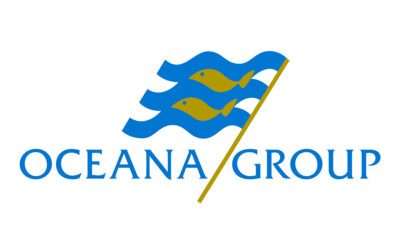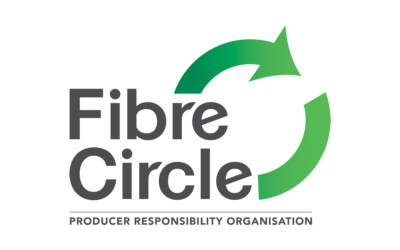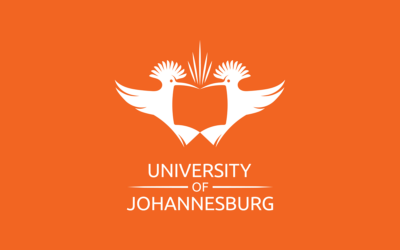As a biologist in research, conservation and eco-management, Anton Wolfaardt has dedicated 25 years of his life to protecting endangered seabirds and marine life. Appointed by the non-profit organisation Saving Marion Island’s Seabirds, he manages the Mouse-Free Marion Project.
The initiative aims to eradicate the house mouse population on Marion Island, located between South Africa and Antarctica, by 2025. It is believed that mice were introduced almost 200 years ago and, as an invasive species, they have become an environmental threat to the island’s 28 different seabird species. The Mouse-Free Marion Project was established by Birdlife South Africa and the department of forestry, fisheries and the environment.
Under his eye, the project has raised over R100 million — and counting. Wolfaardt has also worked as a conservation manager on Dassen Island Nature Reserve, an uninhabited island 55km from Cape Town in the Atlantic Ocean. He acts as the chair of the Redford Conservancy and as a non-executive director of the board of the Southern African Foundation for the Conservation of Coastal Birds.
He has also worked as an ecologist in the British Antarctic Territory, particularly in the Falkland Islands, Tristan da Cunha, South Georgia and the South Sandwich Islands.
Wolfaardt spent time with his uncle exploring the natural world and his curiosity grew further under the tutelage of Dr Douglas Hey, the first director of nature conservation (1952-1979) in what was then called the Cape province.
“I was lucky enough to be brought up by a family with a love of the outdoors,” Wolfaardt says. “Family holidays were often spent in the Cederberg mountains or exploring the stunning coasts of our country, observing and marvelling at the varied and fascinating wildlife. We spent a lot of time hiking and camping, and I started surfing at a young age, all of which exposed me to the beauty and magic of the natural environment.”
I was lucky to be raised by a family with a love of the outdoors… which exposed me to the beauty and magic of the natural environment















